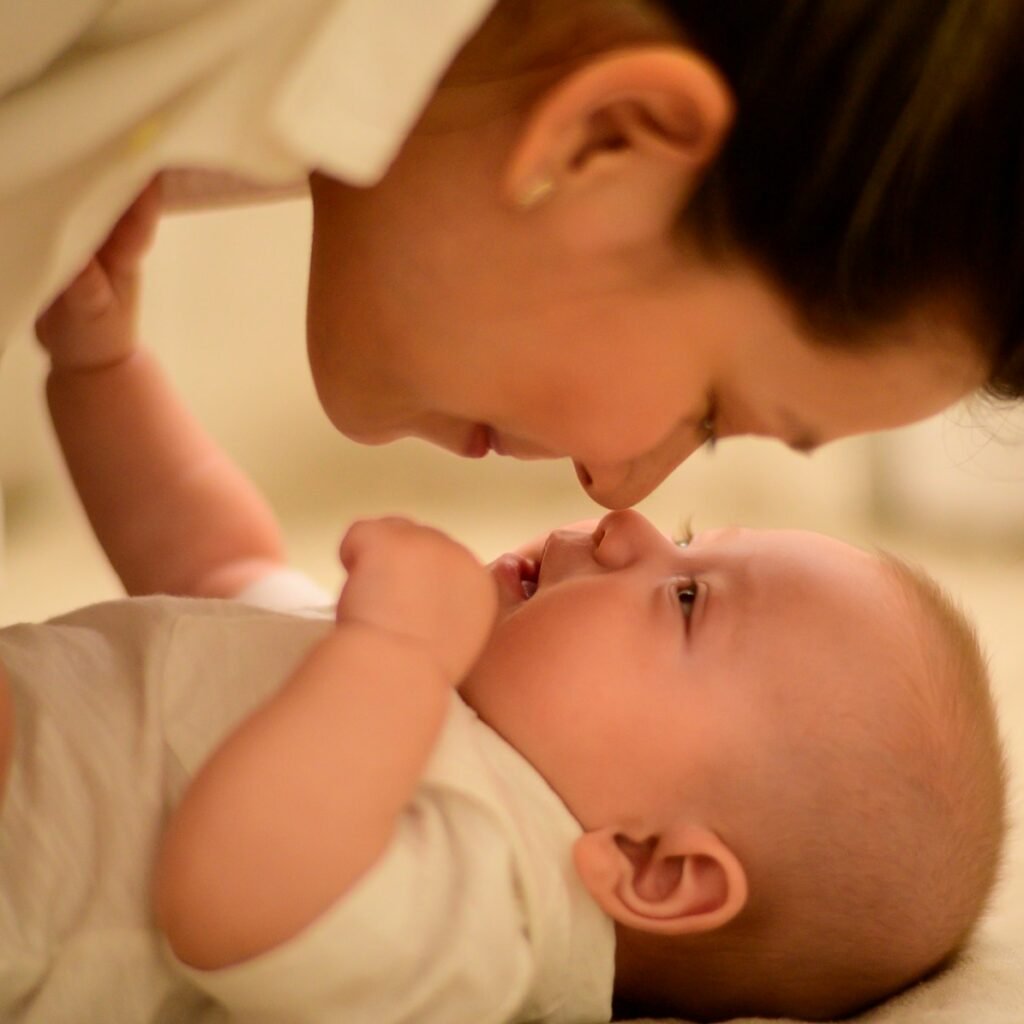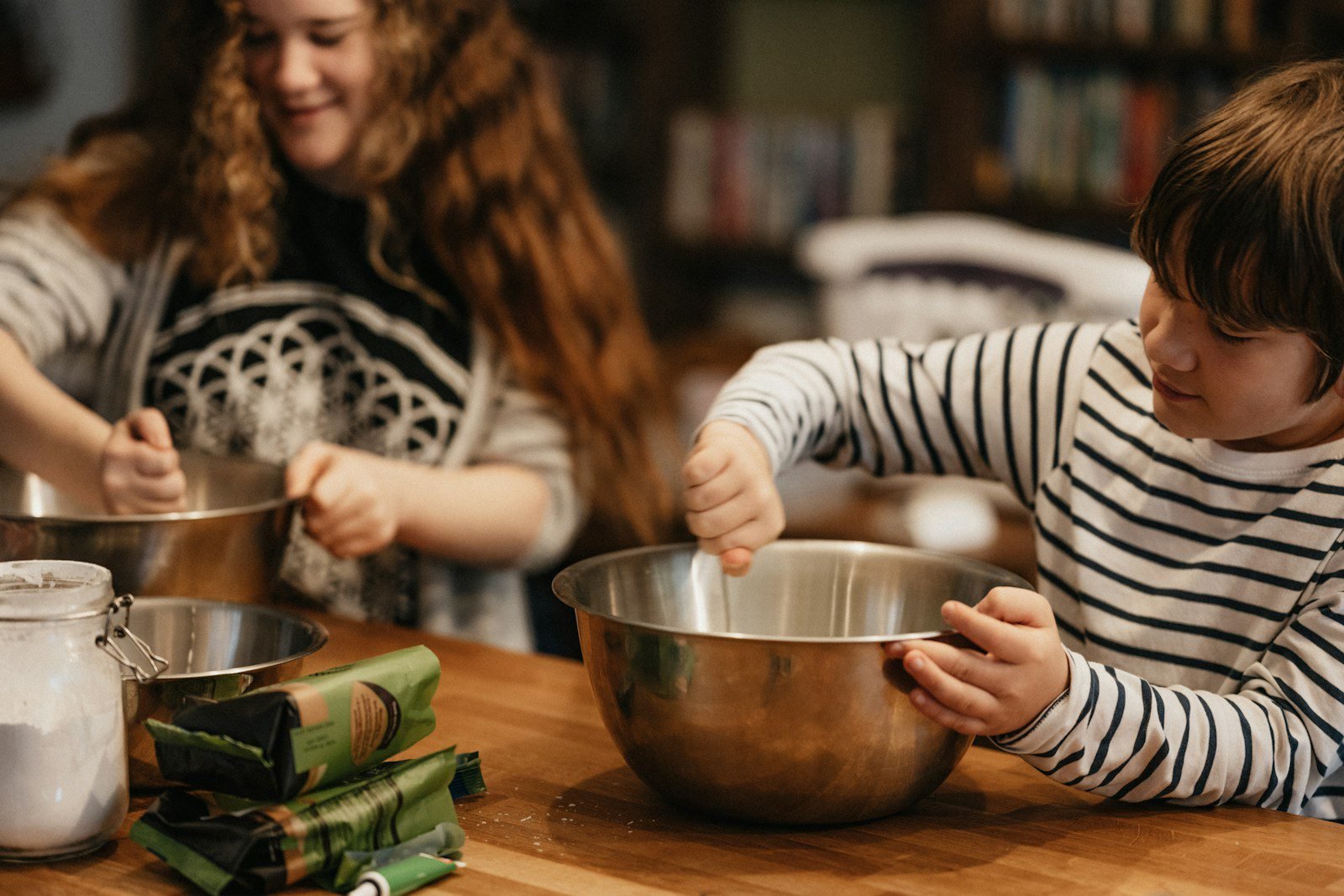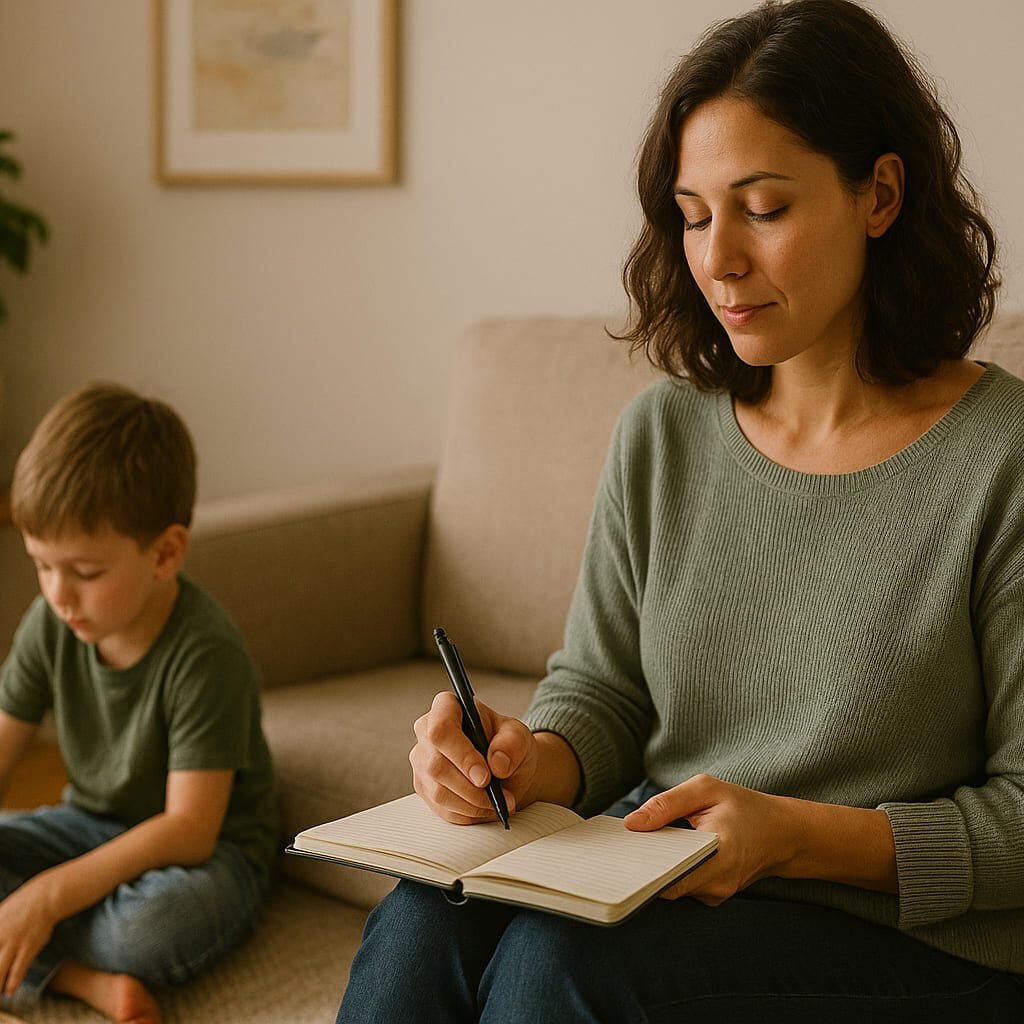The way a child looks into a parent’s eyes, reaches for their hand, or curls up beside them when they feel afraid—all of it speaks a language far deeper than words. This silent emotional connection forms the foundation of secure attachment, a concept that carries lifelong significance for a child’s emotional, social, and psychological well-being.
Whether you are a new parent or revisiting your parenting approach, understanding secure attachment is one of the most powerful gifts you can offer your child. It is not about being a perfect parent—it is about being a safe and responsive one.
What Is Secure Attachment?
Secure attachment refers to a deep emotional bond that forms between a child and their primary caregiver when the caregiver is consistently responsive to the child’s needs. According to the National Institute of Mental Health, attachment begins to develop in early infancy as children recognize patterns of emotional availability and care in their environment.

Children with secure attachment feel safe exploring the world, knowing they can return to a trusted caregiver for comfort. Over time, this security fosters emotional resilience, social competence, and cognitive development.
Why Secure Attachment Matters for Lifelong Mental Health
Secure attachment is not just about infancy. It builds the blueprint for how we trust, connect, and regulate our emotions throughout life. Research from Verywell Mind highlights that securely attached children are more likely to:
- Regulate their emotions effectively
- Develop strong peer relationships
- Perform better academically
- Show lower levels of anxiety and depression
In contrast, inconsistent or emotionally unavailable caregiving can lead to anxious or avoidant attachment styles. These patterns, if unaddressed, may continue into adulthood, affecting romantic relationships, self-esteem, and emotional health.
How Secure Attachment Develops in Early Childhood
Forming secure attachment is less about grand gestures and more about small, consistent acts of care. As outlined by HelpGuide.org, the following parental behaviors foster secure bonding:
- Responding promptly to your baby’s cries
- Holding, cuddling, and offering eye contact
- Talking and singing in soothing tones
- Allowing your baby to explore while remaining emotionally present
- Comforting your child during distress without distraction or judgment
These actions help your child build trust in their external environment and develop internal stability.

The Neurobiology of Secure Attachment
From a brain development perspective, secure attachment strengthens the neural pathways responsible for emotional regulation and stress response. When a caregiver soothes a distressed infant, it calms the child’s nervous system, helping to regulate cortisol levels and build brain structures associated with empathy and resilience.
According to NIH News in Health, positive parenting rooted in secure attachment reduces the risk of behavioral problems and supports the development of coping strategies that can last well into adulthood.
How to Know If Your Child Is Securely Attached
Signs of secure attachment are observable in daily interactions. Your child may:
- Seek comfort from you when distressed and calm quickly once comforted
- Show joy upon your return after separation
- Explore their environment but check in visually or physically with you
- Demonstrate empathy and express their emotions freely
It is important to note that secure attachment does not require perfection. It requires attunement—the ability to notice, interpret, and respond to your child’s emotional cues most of the time.
Supporting Secure Attachment Through Everyday Routines
Building a secure bond happens in moments that may seem ordinary:
- Bedtime rituals: A calming bedtime routine with predictable steps—reading, snuggling, quiet conversation—can provide emotional grounding.
- Meal times: Sitting together at meals creates opportunities for eye contact, emotional sharing, and attentiveness.
- Play: Unstructured play allows children to take the lead while knowing a caregiver is nearby and engaged.
- Repair after conflict: Misattunements happen. What matters most is that they are acknowledged and repaired with empathy and openness.
You may also appreciate the supportive insight offered in Creating Safe and Stimulating Play Spaces at Home, which shows how thoughtful environments can encourage secure exploration.
What If The Right Attachment Was Not Modeled in Your Own Childhood?
Parenting can often reopen emotional experiences from our own upbringing. If you did not grow up with a securely attached caregiver, it may feel difficult to know what healthy bonding looks like.
That is okay. Healing is possible through reflective parenting, therapy, or conscious connection-building. As described in Parenting With Childhood Trauma: Breaking the Cycle, healing your own inner child is not only possible—it is profoundly transformative for your family.

What Secure Attachment Is Not
Many parents feel pressure to be constantly present or fear that every mistake will harm their child’s emotional health. Secure attachment is not about constant attention. It is about emotional reliability—being available, attuned, and responsive enough to meet a child’s core emotional needs.
It does not mean never saying “no” or never setting boundaries. In fact, clear and compassionate limits help children feel safer and more emotionally contained.
Final Thoughts: The Gift of Secure Attachment
Every parent makes mistakes. What matters is not perfection, but presence. Secure attachment grows from warmth, empathy, and emotional reliability over time. It is the emotional soil in which your child’s mental health takes root and thrives.
Even in a fast-paced world filled with distractions, the simple act of tuning in—to your child’s needs, fears, laughter, and longing—is one of the most powerful forms of love you can offer.
Your child does not need you to be perfect. Your child needs you to be there.




Add a Comment